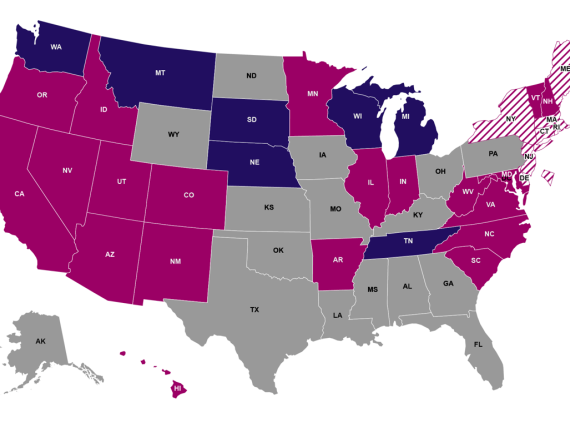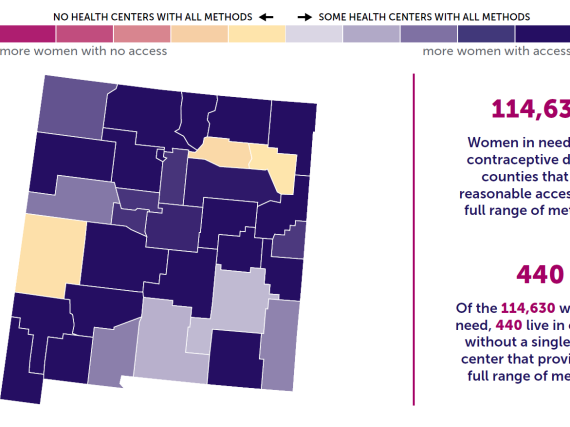Access Is Power: Opioid Use Disorder and Reproductive Health

As the incidence of opioid use disorder in pregnancy has increased, so too has the number of infants born with neonatal abstinence syndrome (NAS). Women with opioid use disorder are at increased risk for unplanned pregnancy. Given this increased risk, one primary prevention strategy for reducing the incidence of NAS and utilization of the foster system that states and communities should consider is to address the reproductive health needs of individuals with substance use disorder (SUD). For women not in recovery, many barriers including cost, fear of mistreatment, and lack of transportation, contribute to a high rate of unplanned pregnancy. Even for those in recovery, barriers remain. This brief highlights several state and local initiatives to increase knowledge about, and access to, reproductive health services for women with SUD.


